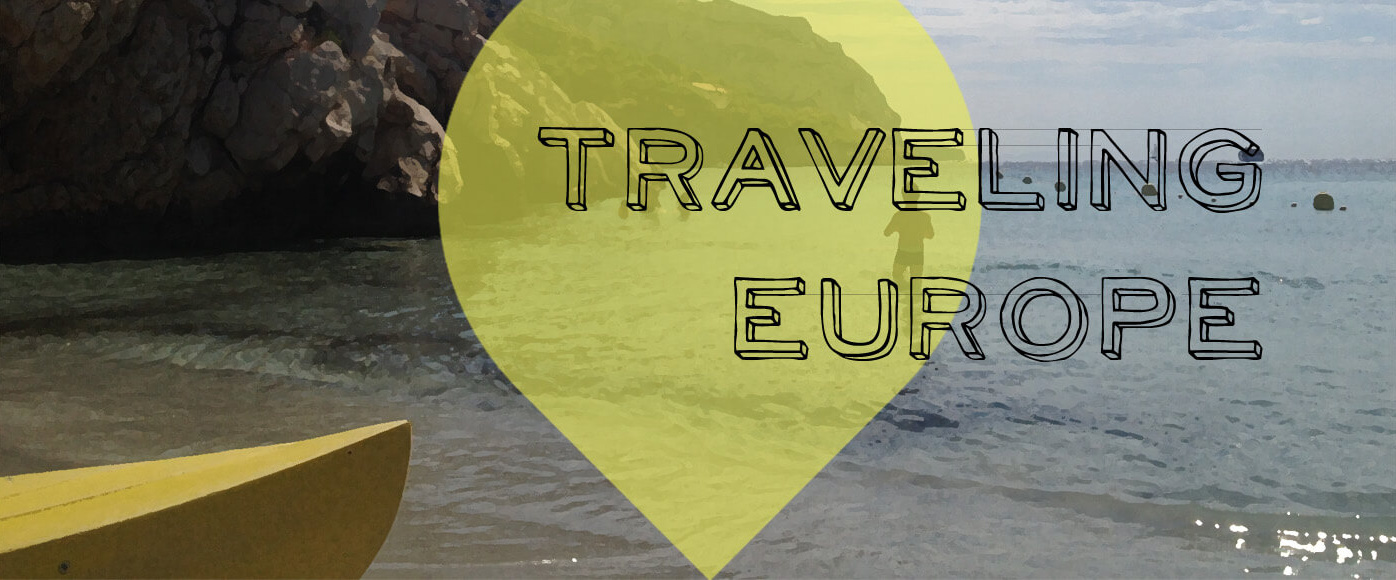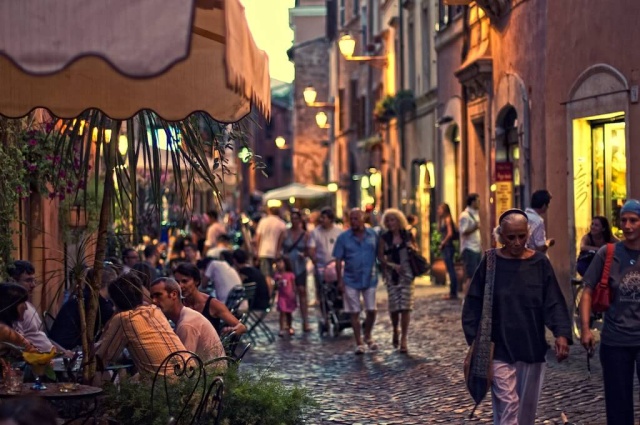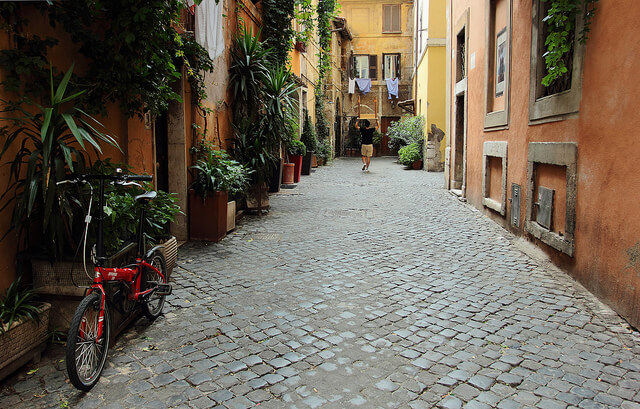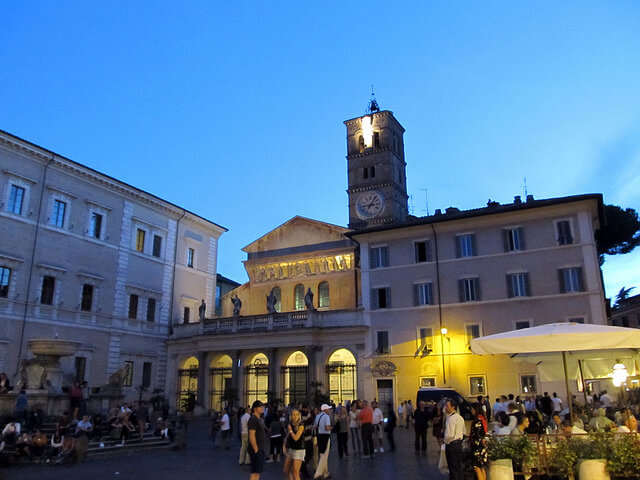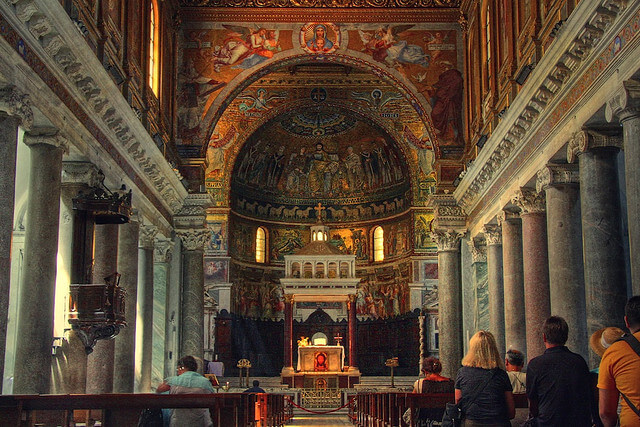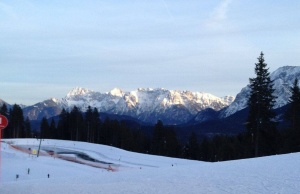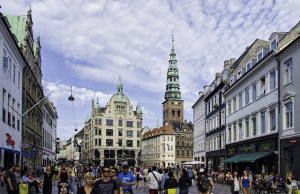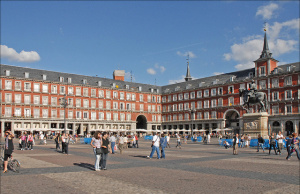Construction of the Colosseum: the Who, What, When, Where and How
Have you ever heard of the Colosseum?
What is the Colosseum?
It is one of the world’s most recognizable monuments. And did you know the Roman Colosseum (Coliseum) was also known as the Flavian Amphitheatre? It is a hugely popular tourist destination, and the quintessential symbol of ancient Roman life.
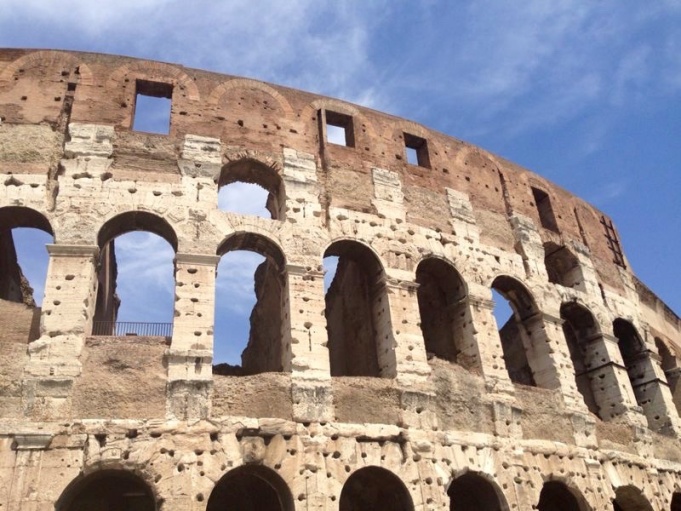
Who? When?
The Colosseum was commissioned in AD 72 by the Emperor Vespasian. It was completed by his successor and heir Titus in AD 80. Domatian made further improvements during his rein between AD 81-96. All three were part of the Flavian Dynasty (hence where the original name derives from).
Where?
Where the Colosseum has been built is also quite an interesting story. At the time, most amphitheaters were built on the outskirts of the city, but Colosseum was placed directly in the city center. This decision may have been influenced by the Roman Emperor Nero, who reined right before the construction began.
By the 2nd century BC, the low valley between the Caelian, Esquiline and Palatine Hills (the current location of the Colosseum) was densely populated. It was devastated, however, during the Great Fire of Rome (AD 64). Nero took much of the area to add to his personal domain. There, he built a Domus Aurea, complete with an artificial lake surrounded by pavilions, gardens and porticoes. Next to the lake, he built the bronze Colassus of Nero, a statue in his honor.
At the end of Nero’s rein, much of the area was torn down, the lake filled in- to be the new site of the Colosseum. This can be considered a gesture by Vespasian to return this area in which Nero had taken for himself back to the people of the city.
How?
The construction of the Colosseum was a grandiose undertaking. It was funded by the plunders taken from the Jewish Temple after the Great Jewish Revolt in AD 70 led to the Siege of Jerusalem. It is estimated that approximately 100,000 Jewish slaves were utilized in the construction, along with guidance from professional builders, artists, decorators and engineers from the Roman community. The end result is the largest amphitheater ever built during the Roman Empire. With an ellipse shape, it was 188m long and 156m wide. It could hold an estimated 50,000 to 80,000 spectators.
![Colosseum drawing. By Jaakko Luttinen (Own work) [CC BY-SA 3.0 (http://creativecommons.org/licenses/by-sa/3.0)], via Wikimedia Commons.](https://travelingeurope.biz//wp-content/uploads/2015/12/2048px-Colosseum_drawing-681x511.jpg)
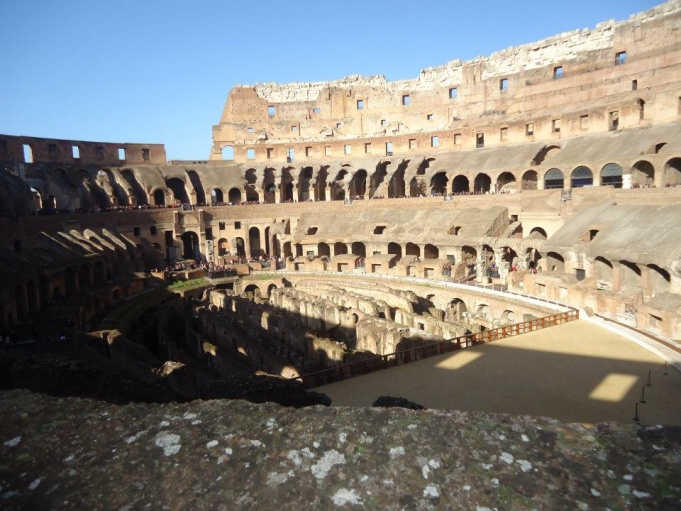
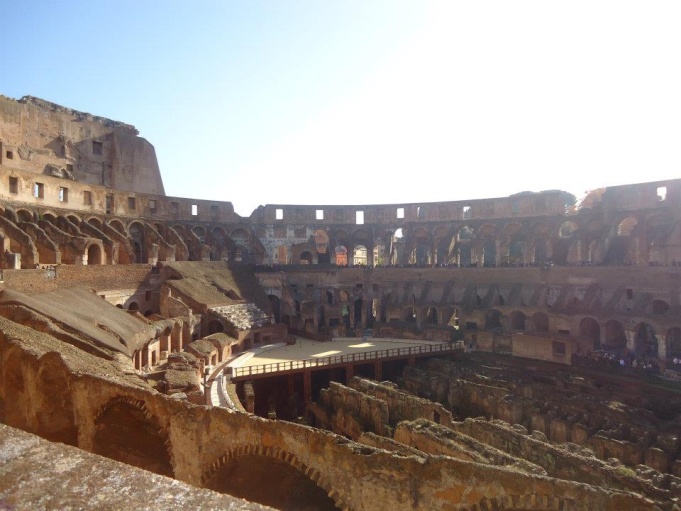
In the interior, there were rows of interior seats as well as special boxes on the north and south end reserved for the Emperor and his party. At the same level is a platform for the senatorial class, who would bring their own chairs. The names of some of the senators from the 5th century can still be found carved into the stone, which leads us to believe these spots were reserved. Above the senators is the noble class or knights, followed by the section for ordinary Roman citizens (Plebeians), which was further divided into two sections. One was for the wealthy and one for the poor. During the reign of Domitian another level was added to accommodate for the common poor, slaves and women.
